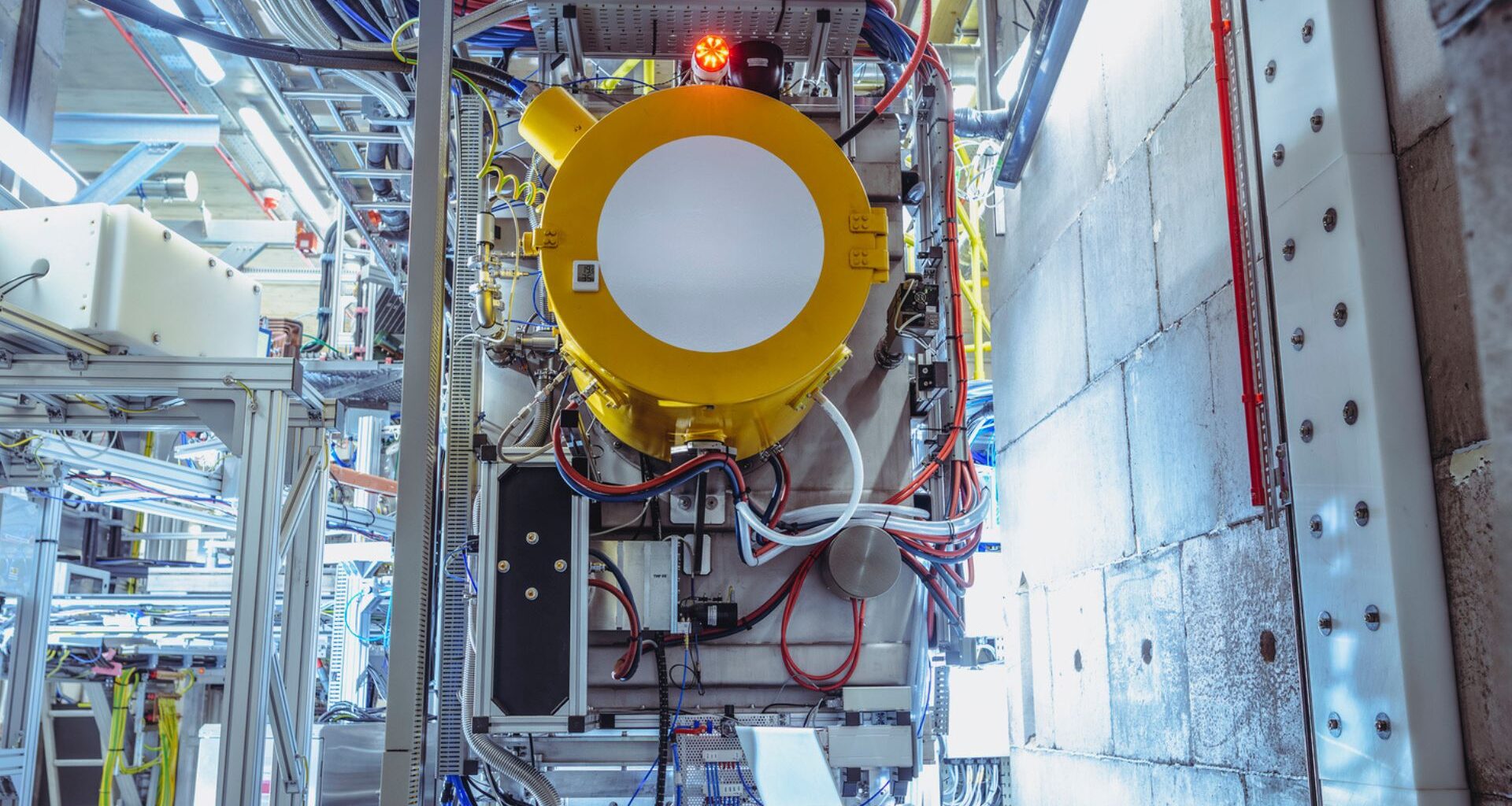Researchers from South Korea have provided experimental proof of ‘multi-scale coupling’ in plasma. The study demonstrates how microscopic events can cause large-scale changes in this state of matter.
A challenge in plasma physics has been to understand multi-scale coupling, a process where particle-level turbulence scales up to affect the entire plasma system.
“Cross-scale coupling from magnetohydrodynamics (MHD) to non-MHD scales is important in interpreting observations of explosive events in nature,” said the researchers in a new study.
“However, how this multi-scale physics affects the abrupt onset of reconnection remains unknown.”
The findings have implications for developing nuclear fusion technology and for astrophysics research.
Experiment using VEST
The research focuses on plasma, a state of matter where high temperatures cause electrons to separate from atomic nuclei, creating an environment of charged particles.
This study aimed to show a direct, causal link between microscopic activity and macroscopic structural changes, a phenomenon not fully explained by existing magnetohydrodynamics (MHD) theories, which treat plasma as a single conductive fluid.
The team conducted its experiment using the spherical toroidal nuclear fusion experimental device (VEST) at Seoul National University.
“The experiment is conducted using two flux ropes in a three-dimensional (3D) helical magnetic field configuration in the Versatile Experiment Spherical Torus (VEST),” explained the study.
“Two separate electron beams are launched along magnetic field lines and form individual flux ropes with a drift velocity higher than the ambient Alfvén velocity, effectively driving magnetic turbulence through beam-driven instabilities.”
Surprising and promising outcomes
The experimental results were analyzed and validated using particle simulations run on a supercomputer at the KFE.
The experiment showed a clear sequence of events. The induced micro-turbulence led to a process called magnetic reconnection, where magnetic field lines reconfigured, converting magnetic energy into thermal energy.This reconnection event, in turn, caused the two separate flux ropes to merge into a single, larger structure.
“Experimental observations, including the appearance of energetic particles, increased ion temperature and changes in the characteristics of the flux ropes, suggest that beam-driven turbulence drives three-dimensional (3D) reconnection,” highlighted the researchers.
“3D reconnection by increasing turbulent power in non-MHD regime is observed for the first time, to our knowledge.”
This outcome demonstrated that turbulence originating at the particle level can directly alter the large-scale equilibrium of a plasma system. The process observed involved stages of turbulence generation, rope merging, equilibrium collapse, and reformation.
Implications for fusion and astrophysics
For nuclear fusion development, this finding offers a more detailed understanding of plasma stability. Controlling plasma is a requirement for sustaining a fusion reaction, and knowledge of how turbulence can cause large-scale changes may inform strategies to maintain a stable state.
In astrophysics, the results may help explain observational data. The energy spectra measured during the experiment’s magnetic reconnection were similar to those observed in cosmic plasma environments, such as during solar flares. The laboratory findings can therefore serve as a model for studying such astronomical events.
“Magnetic flux ropes, which are current-carrying structures of plasma embedded in a magnetic field, play important parts in astrophysical and laboratory plasmas,” concluded the study.

